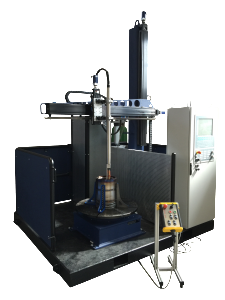Weld Cladding
 TIP TIG Weld Cladding Process
TIP TIG Weld Cladding Process
Weld Cladding with The Lowest Possible Dilution of the base material.
Weld Cladding utilizes the consumable ERNiCrMo-3 (Alloy 625) to apply a layer onto the surface of a component. This process is mainly used for hard facing, corrosion protection, intermediate layers and for repairing worn surfaces and is often used by the oil and gas industry to ensure the safe, long-term operation of pipelines, valves, flanges, and other containment vehicles. A weld cladding overlay provides protection on the contact service and allows for the integrity of the substrate without degradation of wall strength.
Although many materials that resist corrosion have good strength and toughness, they tend to be high-value alloys such as nickel alloys, titanium alloys or stainless steel.
A critical factor influencing the quality of the weld cladding is the dilution of the base metal. This dilution must be kept as low as possible, yet ensuring sufficient bonding to the base metal.
The TIP TIG weld cladding process maintains the lowest temperature, the lowest dilution rates with highest welding speeds and deposition rates on the market.
Results are in 2 G vertical up position.













